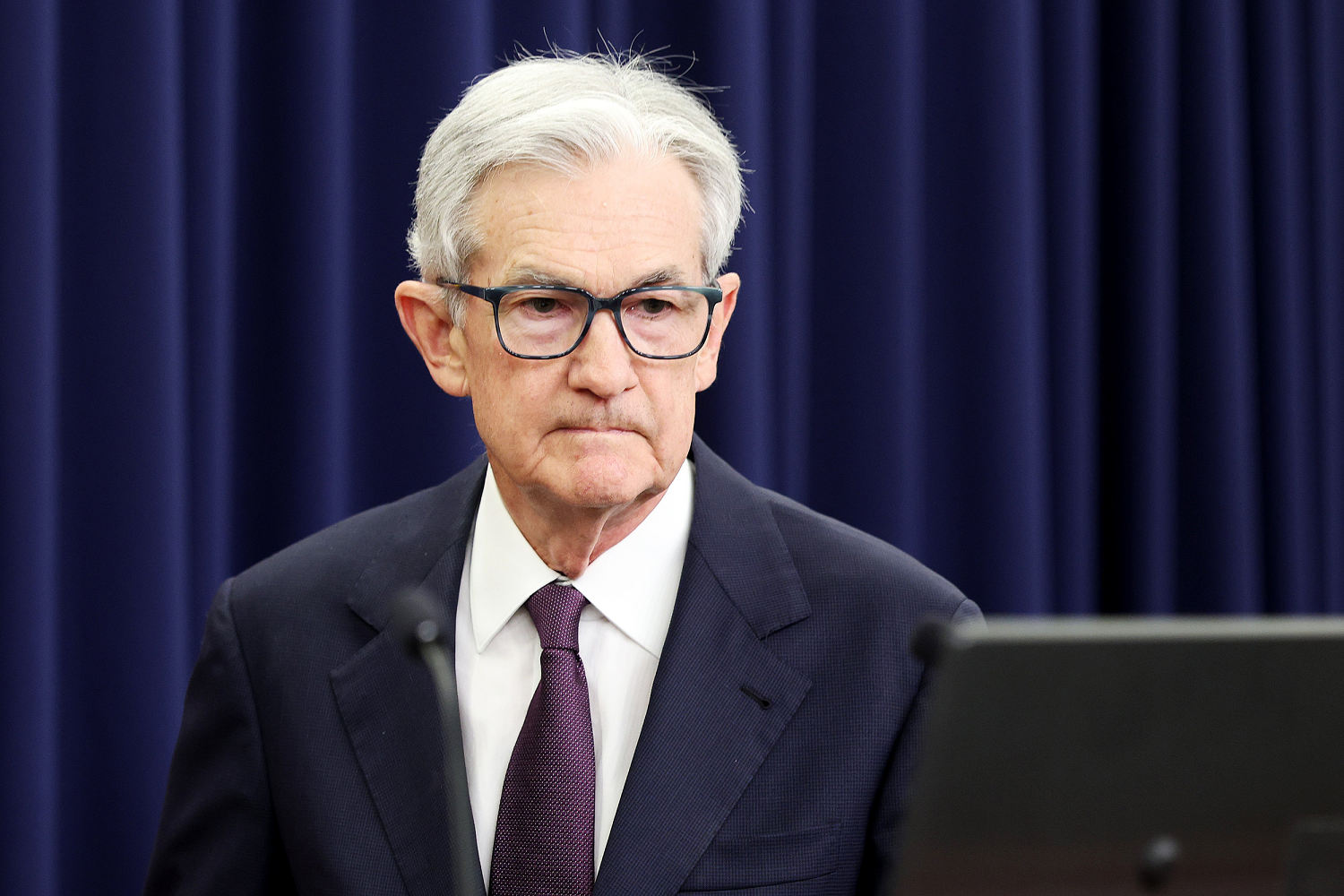
President Donald Trump wants interest rate cuts. Federal Reserve Chair Jerome Powell says that cannot happen yet.
Those two competing visions were set for a collision course Tuesday as Powell provides regularly scheduled testimony to the Republican-controlled House Financial Services Committee.
For Powell, the threat of inflation and the uncertainty Trump has generated through his trade war and immigration policies make it difficult for the Fed to make any moves, even as Powell also insists the economy remains “solid.”
“Policy changes continue to evolve, and their effects on the economy remain uncertain,” Powell said in prepared remarks. “The effects of tariffs will depend, among other things, on their ultimate level,” he said, referring to how high the tariff rates may get.
Trump, and others in his administration, see things differently. For months, they have hammered Powell on his refusal to lower interest rates, citing the absence of clear signs that inflation is worsening.
Trump resumed his campaign overnight Tuesday, repeating in a social media post his ongoing assertion that there was “no inflation” and that the economy was “great.” He said Powell should lower rates now and can raise them later if inflation starts to pick up.
William J. Pulte, the director of the Federal Housing Financial Agency and another vocal Powell critic, said in an X post Tuesday that the Fed chair’s rate decisions have not been based on data but rather on his “politicization of the Fed,” and are thus “dangerous.”
“Powell’s policies hurt real people who work good & hard, and are just trying to pay their car loans, credit cards, & mortgages,” Pulte said.
The Fed is charged by Congress with keeping both inflation and unemployment low. Sometimes, those goals come into conflict. If the rate of inflation gets too high, the Fed uses interest rates to make borrowing more expensive and cool overall economic activity.
Yet if inflation persists and interest rates remain elevated, the job market can start to deteriorate. In such situations, the Fed tends to favor risking higher rates, even if it comes with some weakening labor conditions
“Without price stability, we cannot achieve the long periods of strong labor market conditions that benefit all Americans,” Powell said in his testimony.
While tariffs tend to create a one-time price-growth episode, Powell said, the Fed is obligated to prevent it from evolving into “an ongoing inflation problem.”
The rate of inflation remains above the Fed’s 2% target, Powell said, and policymakers expect their preferred inflation measure to have picked up in May from 2.5% to 2.6%.
Economists see the current economic environment as heading toward the worst of both worlds, with both inflation and unemployment trending higher. It’s what is often referred to as stagflation, and it can reduce Americans’ purchasing power and drag down the U.S. economy.
“Higher oil prices, higher tariffs, and restrictions on immigration are putting downward pressure on GDP growth and upward pressure on inflation,” Apollo Global Management financial group chief economist Torsten Slok said in a note Tuesday, adding that “Lower GDP growth and higher inflation is the definition of stagflation.”